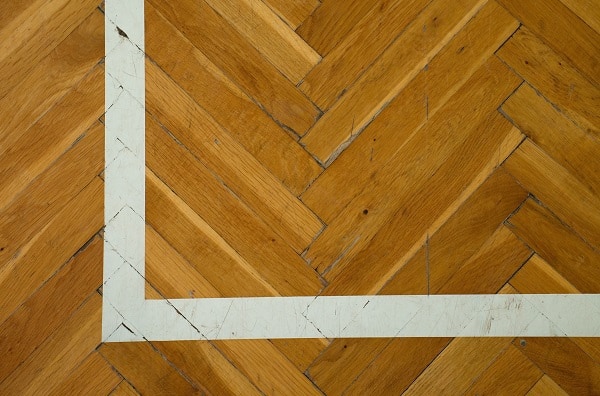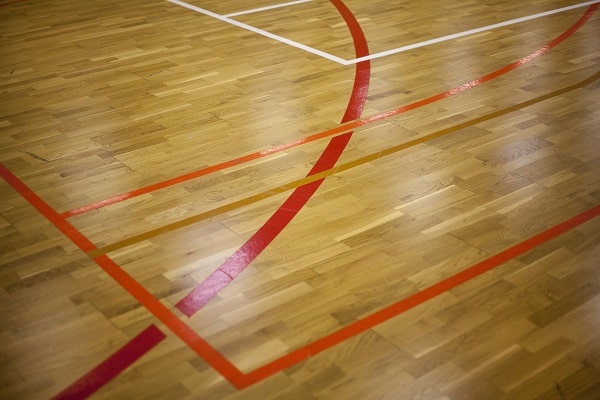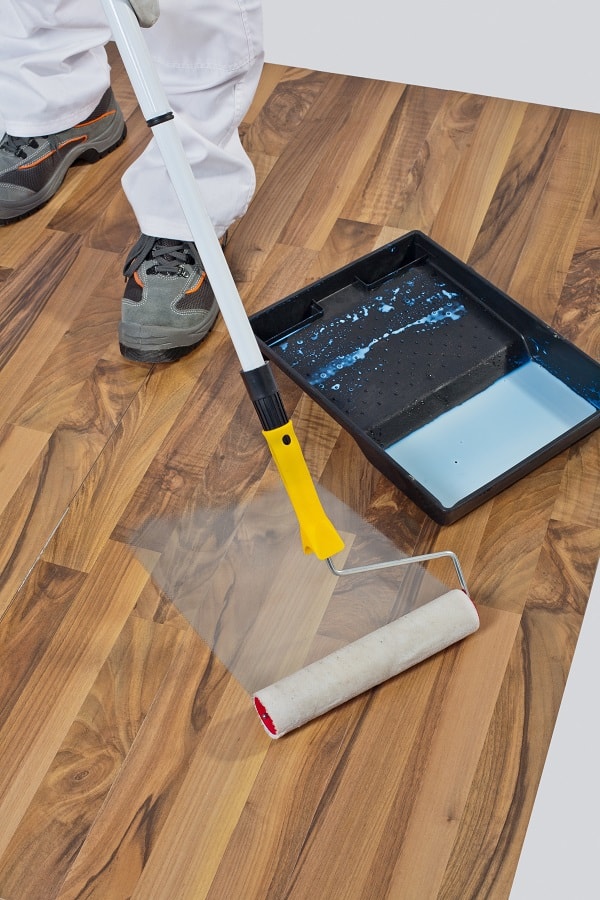The pristine finish of hardwood floors can make any room pop. Regardless of whether you have a maple, oak, mahogany or bamboo hardwood floor, it will need recoating every 10 years or so.
Some parquet and solid wood floors are very old. This will affect how many coats of polyurethane are required to bring the wood back to life. In this article we will outline the best practices and give suggestions about the number of coats you may want to apply.
Which Polyurethane to Choose?
Oil and water-based polyurethane are the two basic types of polyurethane available. You may find other variations, such as latex or oil-modified polyurethane. However, the main difference is in the color of the finish. In this article, we will deal with the pros and cons of the two basic types.
Water-Based Polyurethane Hardwood-Floor Finish

Pros
One of the best things about a water-based polyurethane finish is that it dries in just a couple of hours. Also, water-based polyurethane is almost odor free. The recommended number of coats is 4, so if you start re-coating early in the morning, you might be able to finish in one day. However, if the area is too big this might not be possible.
Cons
Even though water-based polyurethane finishes are more eco-friendly, they tend to be less durable than oil-based ones. Water-based polyurethane can also be more expensive.
Oil-Based Polyurethane Hardwood-Floor Finish

Pros
Oil-based polyurethane is very tough and dense. This affects how many coats of polyurethane are required for hardwood floors. If your floor isn’t too old or damaged, applying just two coats might be enough. Also, it is easier to apply and less temperamental when you work with different types of wood. Usually, it is less expensive than the water-based variety.
Cons
The drying time is notoriously long. It may take between 8 to 10 hours before one coat completely dries. Due to this and the strong odor, you need to stay away from the room until it dries.
Unlike water-based polyurethane, oil-based polyurethane turns yellow as it ages. However, this is not a disadvantage to some people because they like the patina.
Things to Avoid

If you are applying the coats yourself, there are some things you should avoid. These tips may speed up the recoating process and allow you to use fewer coats to get the same result.
- Applying oil-based polyurethane over a water-based bottom layer can be difficult. The recommendation is to not try it at all. On the other hand, you can apply water-based polyurethane over oil-based polyurethane.
- Make sure the floors are properly sanded and cleaned before applying each new coat.
- Protect yourself from the urethane fumes. The room should be airy, so you can use a fan if needed. Respirators are recommended regardless of whether you use water- or oil-based polyurethane.
- Remember to always carefully sand down the dried coat before applying another one.
